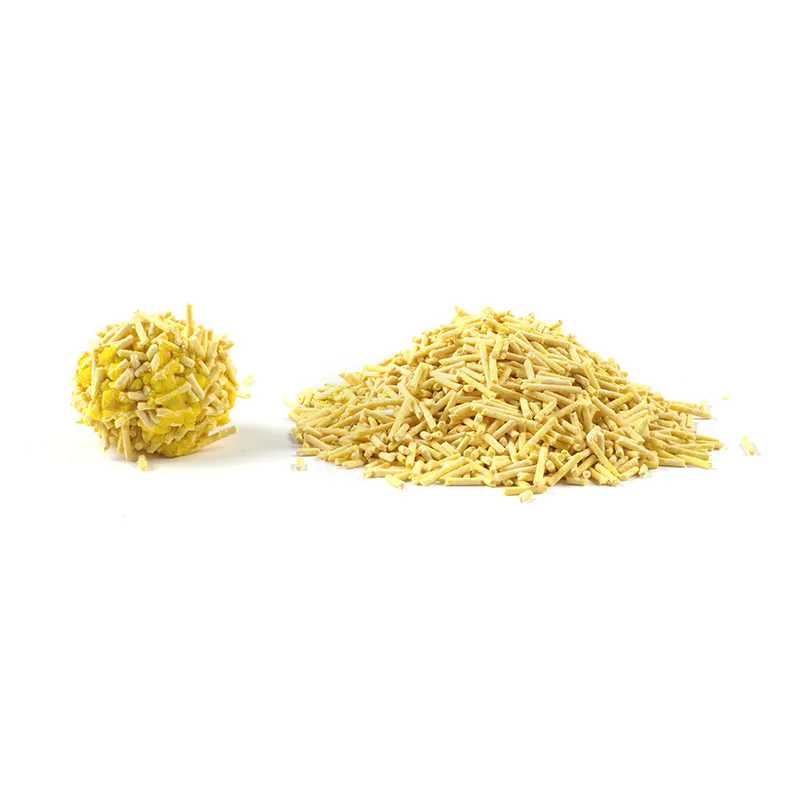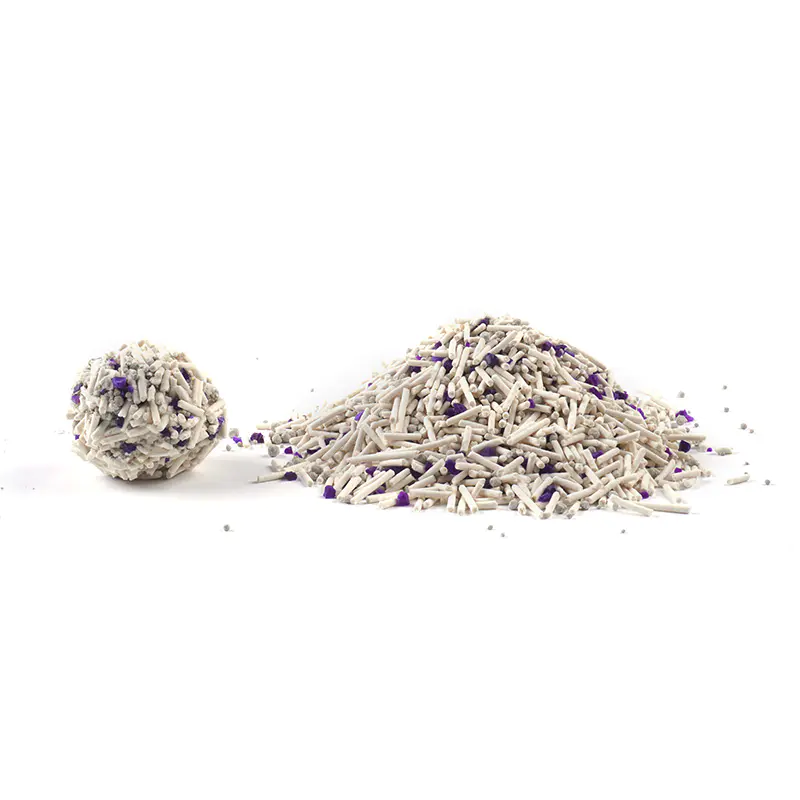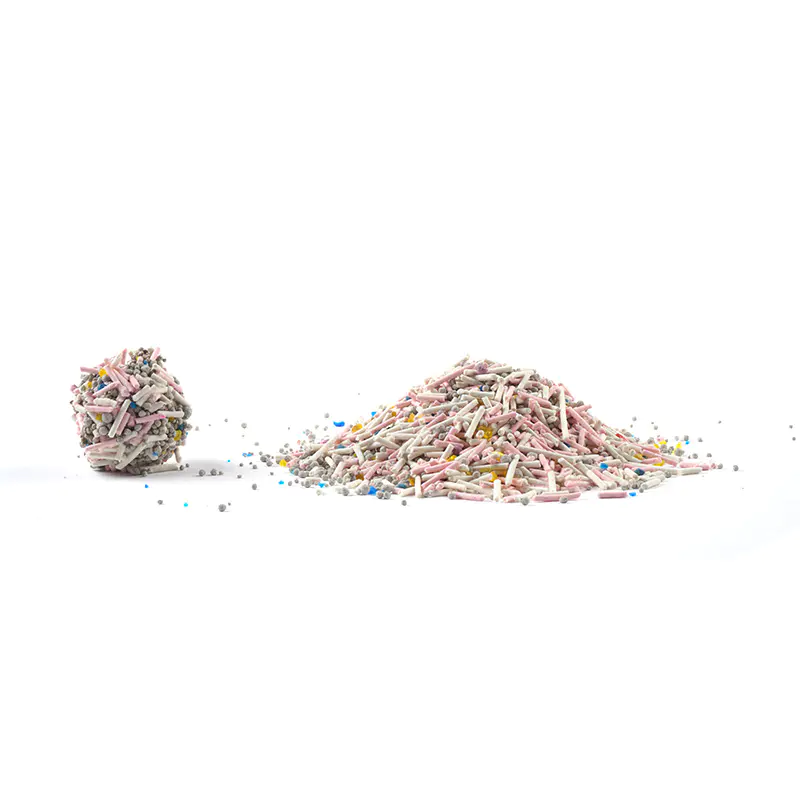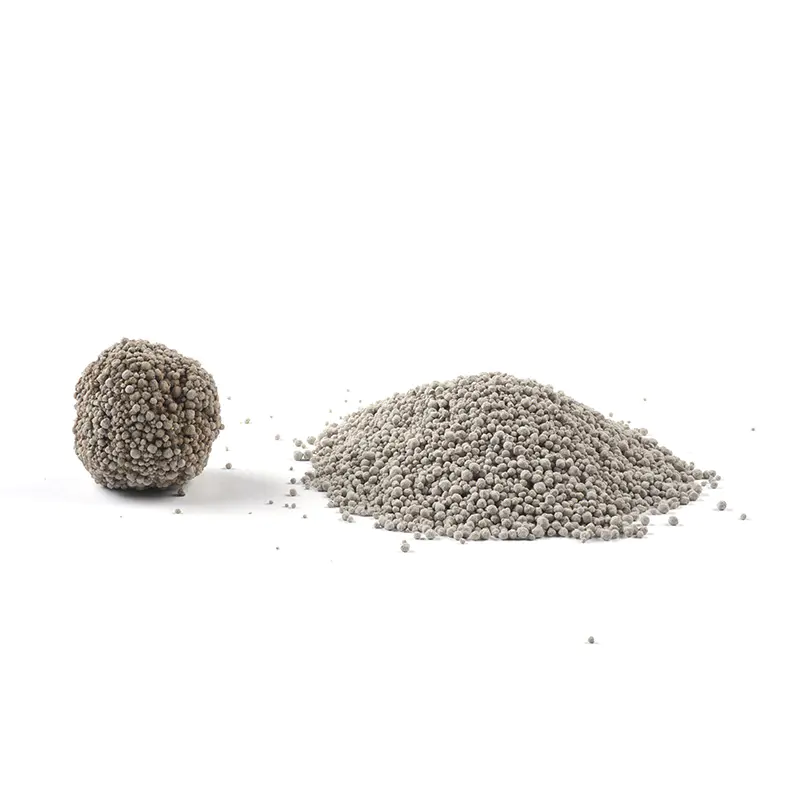
Industry News
Cat litter is an essential product for any cat owner, providing a sanitary solution for your pet's natural needs. With numerous options available on the market, selecting the right litter can significantly impact your cat's comfort, your home's cleanliness, and even your budget. This comprehensive guide will walk you through everything you need to know about cat litter, helping you make an informed decision for your feline companion.
Understanding the different types of cat litter is the first step in choosing the right one for your pet. Each type has unique characteristics that affect odor control, dust production, clumping ability, and environmental impact.
| Type | Material | Pros | Cons |
| Clay | Natural clay minerals | Excellent odor control, clumps well | Heavy, dusty, not eco-friendly |
| Silica Gel | Silicon dioxide crystals | Superior odor control, lightweight | Expensive, some cats dislike texture |
| Biodegradable | Plant-based materials (wood, paper, corn, wheat) | Eco-friendly, often flushable | May not control odor as well, variable clumping |
| Pine | Compressed pine wood | Natural odor control, low dust | Strong pine scent, doesn't clump |
| Recycled Paper | Processed paper fibers | Dust-free, good for sensitive cats | Poor odor control, frequent changing needed |
Selecting the ideal cat litter involves balancing several factors that affect both your cat's preferences and your household needs.
Effective odor control is crucial for maintaining a fresh-smelling home. Some litters contain baking soda or activated charcoal for enhanced odor neutralization, while others rely on their natural properties.
Dust can be problematic for both cats and humans, especially those with respiratory issues. Low-dust or dust-free options create a healthier environment.
Clumping litter forms solid masses when wet, making it easier to scoop and maintain cleanliness. Non-clumping varieties require more frequent complete changes.
Some litters tend to stick to cats' paws and get scattered around the house. Larger pellets or heavier granules typically track less than fine particles.
Eco-conscious owners may prefer biodegradable options that can be composted or flushed (where permitted), reducing landfill waste.
Cats can be particular about litter texture and scent. Observing your cat's behavior can help determine which type they prefer.
Changing your cat's litter should be done gradually to avoid stress or litter box avoidance. Follow these steps for a smooth transition:
| Day | Old Litter | New Litter | Notes |
| 1-3 | 75% | 25% | Mix thoroughly |
| 4-6 | 50% | 50% | Monitor cat's reaction |
| 7-9 | 25% | 75% | Ensure cat is using box normally |
| 10+ | 0% | 100% | Complete transition |

Regular cleaning is essential regardless of which litter you choose. Proper maintenance ensures your cat continues to use the box and helps control odors.
Scoop solid waste and clumps at least once daily, preferably twice. This prevents odor buildup and keeps the box inviting for your cat.
Empty the entire box, wash with mild soap and warm water (avoid harsh chemicals), and refill with fresh litter weekly for non-clumping varieties, or every 2-4 weeks for clumping litter.
Monthly, disinfect the box with a pet-safe cleaner to eliminate bacteria and odors that regular cleaning might miss.
Certain situations require extra attention when selecting and maintaining cat litter.
Homes with several cats need more frequent cleaning and may benefit from high-performance litter that controls odor and bacteria effectively.
Young kittens might ingest litter, so avoid clumping varieties until they're older. Use non-toxic, dust-free options for their delicate systems.
Older cats may need litter with softer texture and lower sides for easier access. Consider placing additional boxes around the home.
Cats with respiratory problems need low-dust litter, while those with sensitive paws might prefer finer textures.
For those interested in homemade solutions, several materials can serve as temporary or emergency cat litter.
| Material | Preparation | Effectiveness |
| Shredded Newspaper | Tear into strips, soak in water with baking soda, then dry | Low odor control, absorbs slowly |
| Sand | Use clean, fine-grained sand | Natural feel but poor odor control |
| Wood Shavings | Use untreated sawdust or pellets | Good absorbency, natural scent |
| Soil | Use garden soil (pesticide-free) | Familiar texture but messy |
The ecological footprint of cat litter is an important consideration for many pet owners. Traditional clay litter is mined through strip mining, which damages ecosystems, and doesn't biodegrade in landfills.
Plant-based litters decompose naturally and can often be composted (excluding waste) or flushed in small quantities where local regulations permit.
Using litter more efficiently through proper scooping techniques and choosing highly absorbent varieties can reduce the overall amount needed.
Understanding and addressing litter-related issues can prevent unwanted behaviors and maintain harmony in your home.
If your cat stops using the box, consider whether the litter texture, scent, or cleanliness might be the cause before assuming a medical issue.
Place mats around the box to catch stray litter particles, or switch to a heavier, larger-particle litter that tracks less.
Low-dust or dust-free formulas can alleviate respiratory irritation for both cats and humans.
Improve ventilation near the box, clean more frequently, or try a litter with better odor-control properties.
Choosing the right cat litter involves considering your cat's preferences, your household needs, and environmental factors. There's no one-size-fits-all solution, but by understanding the options and being willing to experiment, you can find a litter that keeps both you and your feline friend happy. Remember that gradual transitions and proper maintenance are key to success with any litter type.

Tofu Cat Litter

Tofu Cat Litter

Mixed Cat Litter

Mixed Cat Litter

Bentonite Cat Litter


Got Questions? Call us 24/7

+8615263229311
No.88, Quandu Road, Xigang Town, Tengzhou City, Shandong, China. (Sincere Industrial Park)

OEM Cat Litter Manufacturers Bulk Cat Litter Wholesale Biodegradable Cat Litter Company
